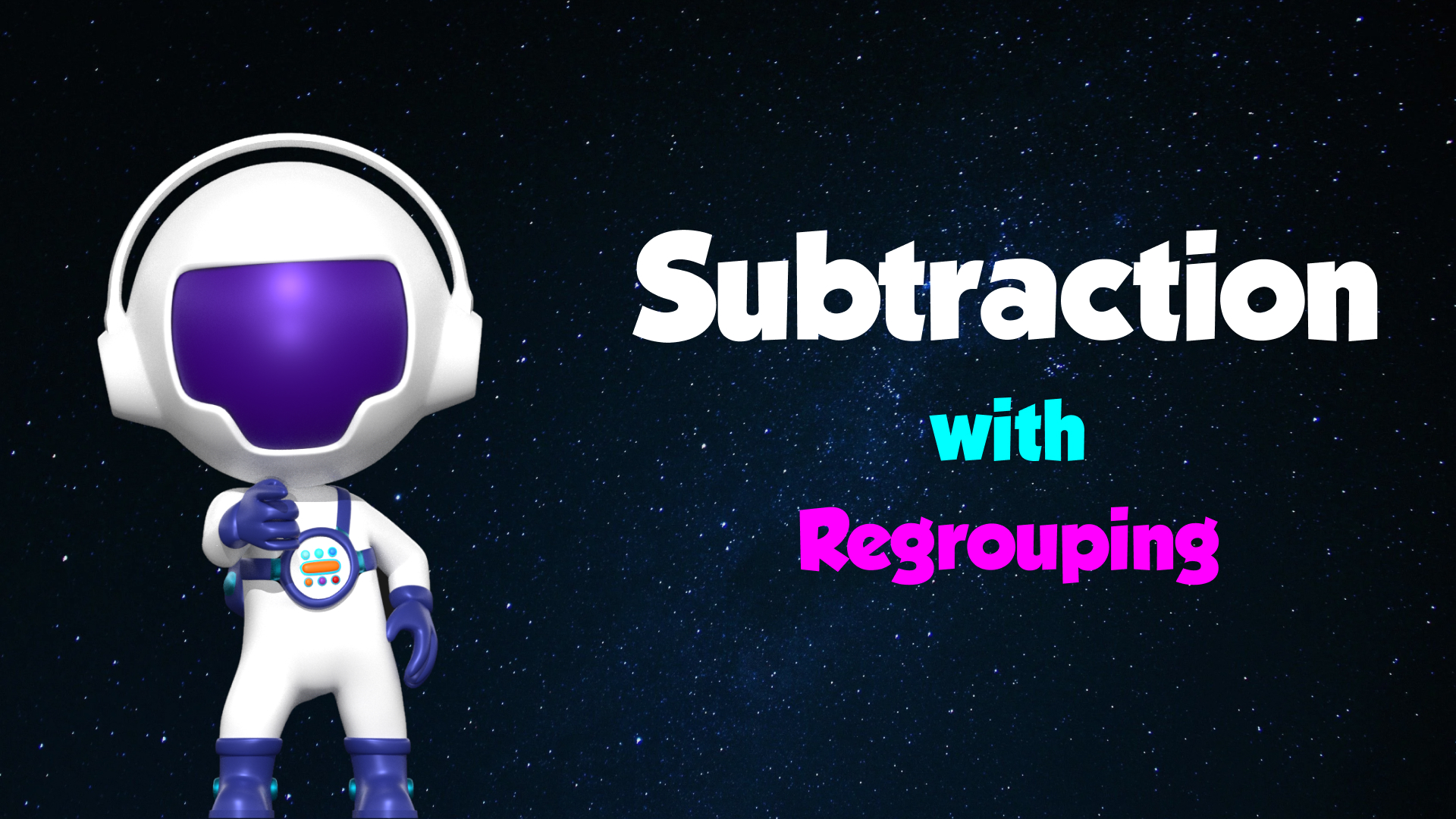A Crucial Milestone in Math Education
Subtraction with regrouping, sometimes referred to as borrowing or carrying, is a pivotal concept in elementary mathematics. This fundamental arithmetic operation not only enhances a child’s ability to solve more complex subtraction problems but also lays the groundwork for higher-level math skills. Let’s explore why subtraction with regrouping is important, what it builds toward, and the foundational math knowledge required to master this concept.
Why Subtraction with Regrouping is Important
Subtraction with regrouping is essential for several reasons:
- Practical Application: In everyday life, subtraction often involves numbers that require regrouping. For instance, when making change, measuring ingredients, or calculating time differences, regrouping becomes a practical skill that children will use throughout their lives.
- Foundation for Advanced Math: Mastering subtraction with regrouping is a stepping stone to more advanced arithmetic operations, such as multi-digit multiplication and division, fractions, and algebra. Without a solid understanding of regrouping, students may struggle with these more complex concepts.
- Cognitive Development: The process of regrouping helps develop a child’s number sense and understanding of place value. It enhances their problem-solving skills and logical thinking, as they learn to break down numbers and reassemble them in a different form to achieve the correct answer.
What Subtraction with Regrouping Builds Toward
Learning subtraction with regrouping prepares students for future mathematical concepts and operations, including:
- Multi-Digit Arithmetic: As students progress in their math education, they will encounter larger numbers requiring multi-step subtraction, addition, and other operations. Regrouping skills are crucial for handling these more complex calculations efficiently.
- Fractions and Decimals: Understanding regrouping is essential when working with fractions and decimals, particularly when performing operations such as subtraction of fractions with different denominators or decimal subtraction.
- Algebra: Early algebraic concepts often involve the manipulation of numbers in ways that require a strong grasp of basic arithmetic operations, including subtraction with regrouping.
- Problem Solving: Advanced problem-solving often involves breaking down problems into smaller, more manageable parts. Skills learned through regrouping are directly applicable to this type of analytical thinking.
Math Foundations Required for Subtraction with Regrouping
Before diving into subtraction with regrouping, students should have a strong grasp of several foundational math concepts:
- Place Value: Understanding that digits have different values depending on their position (ones, tens, hundreds, etc.) is crucial. Place value knowledge allows students to comprehend why and how regrouping works.
- Basic Subtraction and Addition: Students should be comfortable with basic subtraction and addition facts. Fluency in these operations ensures that the regrouping process doesn’t become overwhelming.
- Number Sense: A well-developed number sense, including the ability to compare and order numbers, is essential. Students should be able to recognize when a number in the minuend is smaller than the corresponding number in the subtrahend, necessitating regrouping.
- Mental Math: Mental math skills help students to visualize the regrouping process and perform calculations more quickly and accurately.
Conclusion
Subtraction with regrouping is more than just a math skill; it’s a critical milestone that supports a child’s overall cognitive development and prepares them for more advanced mathematical concepts. By understanding its importance, recognizing what it builds toward, and ensuring the necessary foundational skills are in place, educators and parents can help students master subtraction with regrouping and set the stage for future success in math.
At Mathstroverse, we’re committed to providing engaging and effective resources to support your child’s math journey. Stay tuned for more tips, tutorials, and activities designed to make learning math a fun and rewarding experience!



